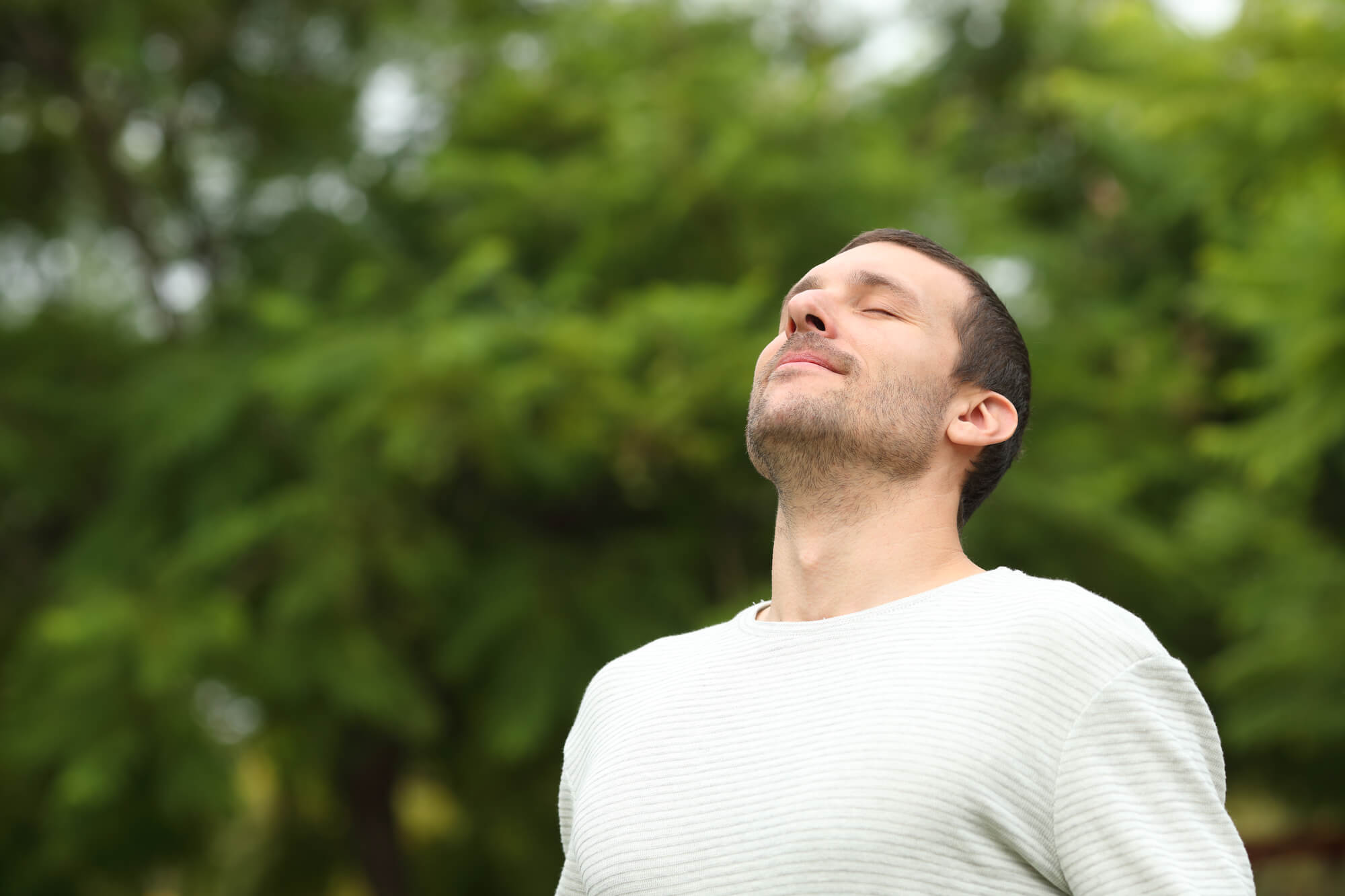
How often do you find yourself holding your breath, tensing your neck and back muscles, or grinding your teeth? These and other stress behaviors may contribute to your migraine symptoms, even triggering an attack.
Breathing techniques can reduce stress and the accompanying behaviors. They are also excellent for relieving migraine pain and symptoms.
Deep, deliberate breathing increases oxygen to your brain, which can relieve migraines. All you need is a quiet space with no distractions. The next time you feel a migraine or tension headache approaching, try fending it off with one of these breathing techniques. You can take in more oxygen and push out more carbon dioxide, reducing tension and contributing to brain and body health.
The Top 6 Migraine Triggers
Many migraineurs have triggers, including lights, smells, and foods that can cause a migraine attack. Of the typical triggers, six come out on top. Do you know what number one is? Stress.
The top six triggers, in order:
- Stress - reported by 28% of respondents
- Lack of sleep - reported by 20% of respondents
- Anxiety - reported by 19% of respondents
- Neck pain - reported by 17% of respondents
- Dehydration - reported by 13% of respondents
- Weather - reported by 13% of respondents
Other triggers include high blood pressure and depression.
How Does Deep Breathing Work?
Slow, deep breathing is one of the most successful techniques to reduce stress. It also has the best outcome for helping treat migraines and headaches.
When you’re stressed, the tension creates inflammation, which contributes to migraine symptoms. Controlled, deep breathing and relaxation techniques reduce the stress response, reducing inflammation. Deep breathing also enhances the relaxation effect on your body.
Relaxation relieves muscle tension from the neck and shoulders, where many migraines and tension headaches start.
Deep, controlled breathing also offers these benefits:
- It calms your nervous system.
- It improves your respiratory system.
- It elevates your digestive system.
- It releases tense muscles.
- It improves your ability to absorb information, concentrate, and memorize.
- It enhances your creativity and passion.
Deep Breathing Techniques
There are several deep breathing techniques that can help prevent or manage migraine pain. Try them to find the one that works best for you.
Deep Rhythmic Breathing
You can choose from two techniques for deep rhythmic breathing.
In the first technique, you begin by inhaling deep breaths to the count of ten. Then you exhale slowly to the count of ten.
The second technique is a bit more involved:
- Place both hands on your belly button and focus on breathing into that spot.
- Take a deep breath through your nose and feel your lungs slowly expand as you count to five in your head.
- Release and exhale slowly through your nose, counting to five.
- Repeat the cycle for five to ten minutes.
Belly Breathing
Belly breathing is similar to the first technique above:
- Find somewhere comfortable to sit.
- Place on hand on your stomach just beneath your ribs.
- Place your other hand on your chest.
- While keeping your chest still, breathe in through your nose while pushing your stomach out.
- Pucker your lips and slowly exhale as your stomach collapses inward.
- Repeat the cycle three to ten times.
Balloon Technique
The balloon technique is also similar to belly breathing:
- Keep your back straight, focus on a spot below your belly button, and inhale.
- Continue to inhale until you feel the air reaching the spot of your focus, filling your abdomen.
- Exhale slowly and steadily while pulling in your abdomen like a deflating balloon.
The 4-4-60
This is a very deliberate but simple technique you can quickly and easily perform at work or home.
- Inhale for four seconds
- Exhale for four seconds
- Repeat for a minimum of 60 seconds
The 4-4-60 is even more helpful when paired with meditation.
The 4-7-8
More counting, but for a good cause. You can do this sitting up or lying down.
- Place one hand on your stomach and the other on your chest.
- Breath slowly into the stomach for four seconds.
- Hold your breath for a count of seven.
- Exhale slowly to the count of eight, pushing all the air out of your abdomen.
- Repeat three to seven times.
The Roll
The Roll is meant to remind your body of the motion of waves, which many people find relaxing. You perform it in two parts.
Part one:
- Lie on your back with your knees bent.
- Place your left hand on your stomach and your right hand on your chest.
- Inhale through your nose into your abdomen, ensuring your stomach protrudes, and your chest remains still.
- Exhale through your mouth.
- Repeat eight to ten times.
Part two:
- Fill up your abdomen (lower lungs) and then allow air into the upper chest. Watch your right hand as it rises.
- Exhale with a slight whooshing sound and watch your left hand fall, followed by the right hand (breathe out from your abdomen and then your chest).
Repeat the entire exercise for three to five minutes. The breathing movements mimic the motion of rolling waves.
Visualizing Breath
You use your imagination to help your deliberate breathing.
- Inhale while imagining the air going down your windpipe and into your lungs, filling them.
- Imagine you take in all the peacefulness and calm as you breathe in.
- Exhale while imagining the tension leaving your body.
- Repeat for five to ten minutes.
Cooling Breath
Cooling breath helps you create the sensation of a cool breeze:
- Gently clench your teeth, making sure the top and bottom touch. Not too hard!
- Open your lips slightly.
- Take a breath through your teeth as you count slowly to five while raising your chin to the sky. Let the cool air rush over your teeth and tongue.
- Exhale through your nose to a count of five while lowering your chin.
- Repeat five to ten minutes.
Alternate Nostril Breathing
Alternate nostril breathing is a yoga technique called Nadi Shodhana - pranayama for headaches.
- Sit comfortably, keeping your spine straight, and relax your shoulders.
- Place your right hand into position with your thumb resting lightly on your right nostril and your ring and pinkie fingers to the left, middle, and index fingers folded into your palm, resting at the base of your thumb.
- Place your left hand into position with your ring finger lightly resting on your left nostril.
- Exhale completely.
- Close the right nostril with your thumb and inhale slowly and steadily through your left nostril.
- Release the right nostril and exhale.
- Close the left nostril and slowly inhale through the right nostril.
- Release the left nostril and exhale.
- Repeat several times to help contain migraine pain.
Try each technique until you find one that works for you. Or you can learn a quick method for work situations and use a longer one for home, perhaps daily, to help you avoid tension and migraines.
In Summary
Deep, deliberate breathing introduces more oxygen into your brain and removes carbon dioxide. More oxygen relieves inflammation that can trigger migraines. When you feel an attack coming on, deep breathing could help stop it or reduce the misery.
If you need help diagnosing and treating migraines, contact the Migraine Relief Center. We’re here to help.



